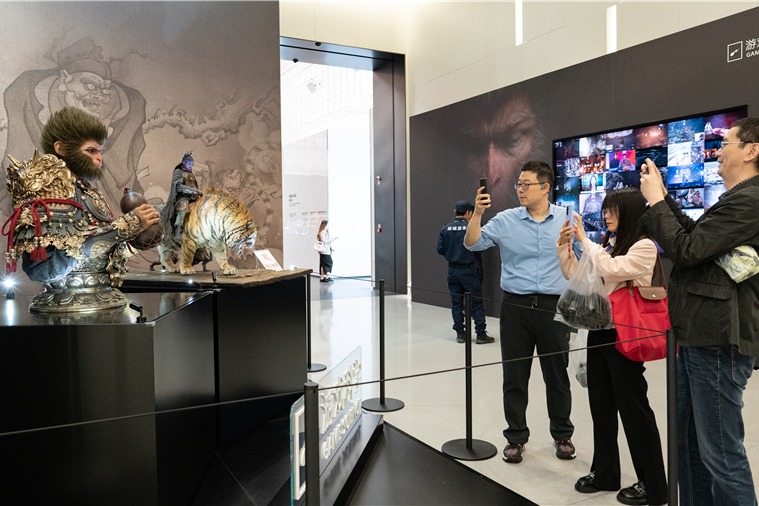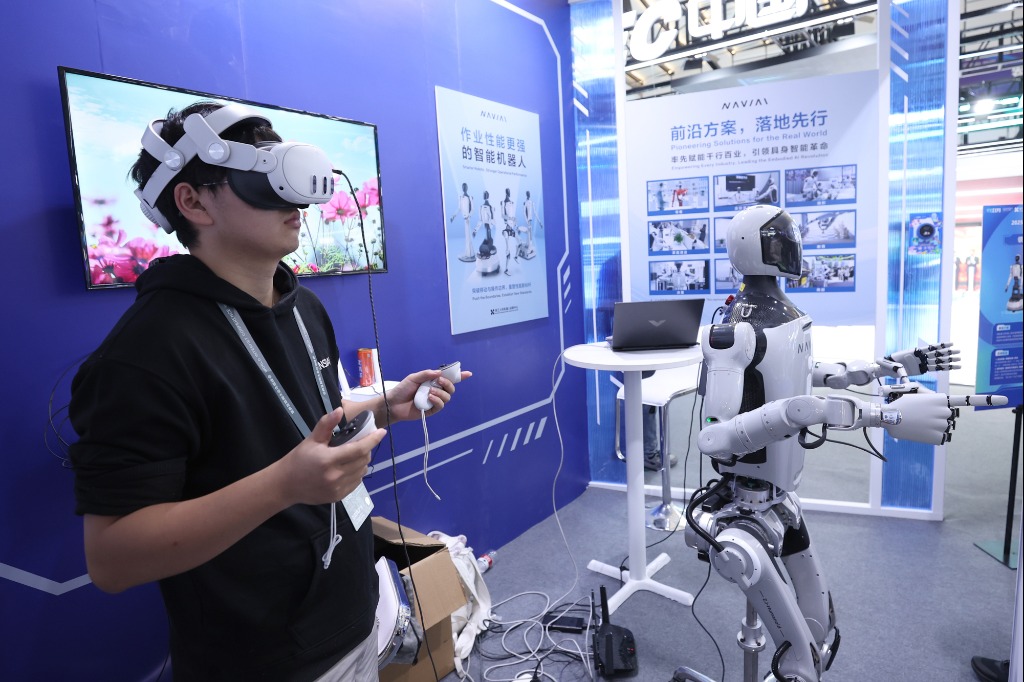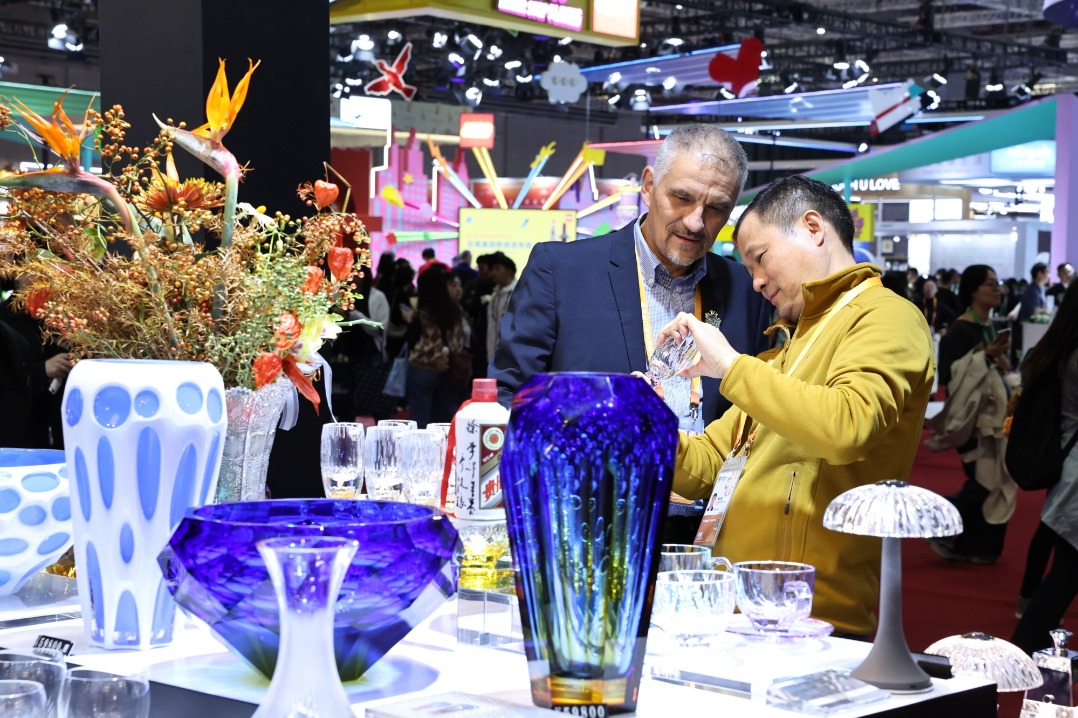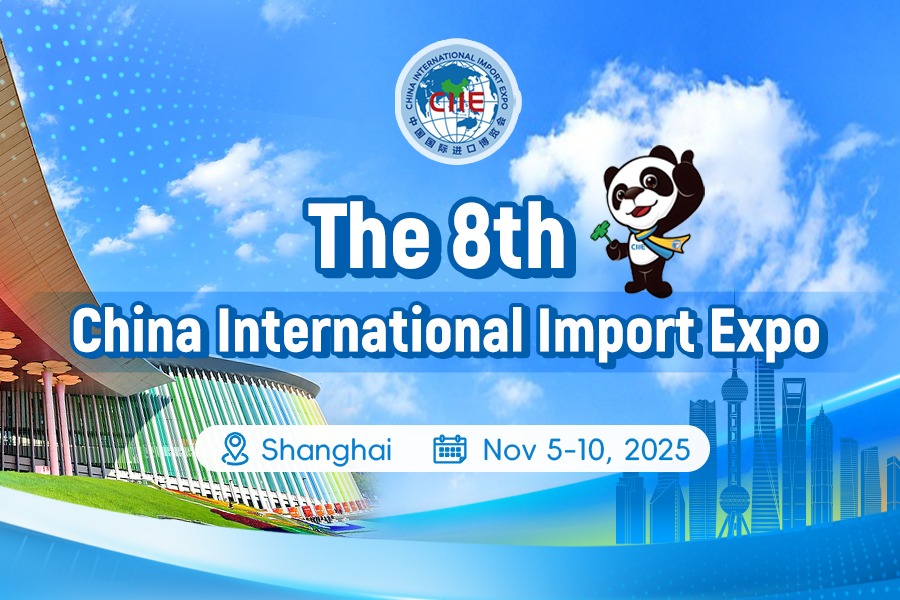New landmarks in Shanghai sweet home for brands
Gateway city's opening-up effort bears fruit as Hongqiao intl hub now a magnet for biz, consumers

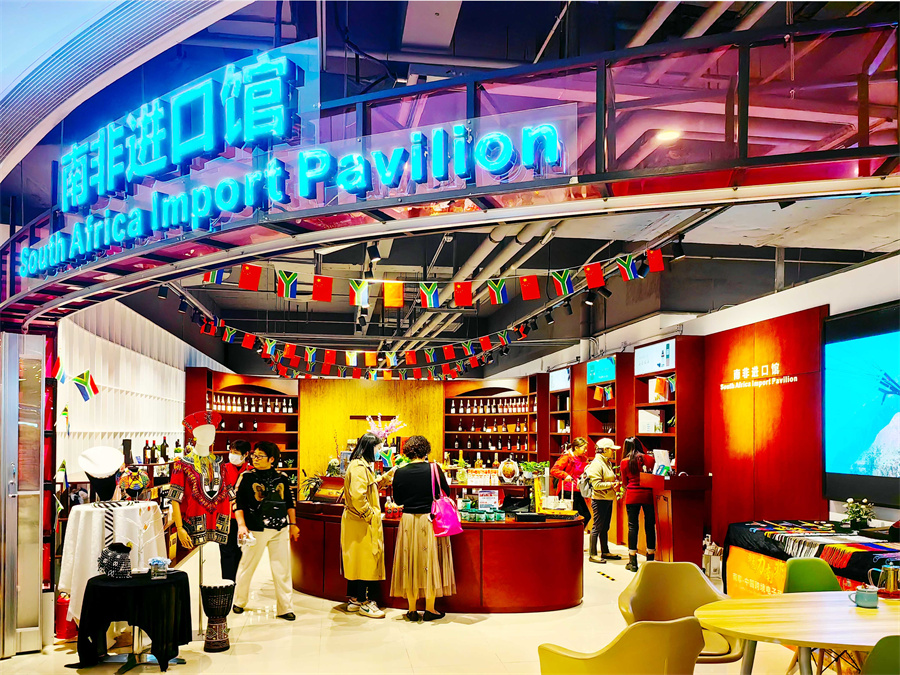
Aiming to complete the Hub's initial construction within this year, much progress has been made so far. The 151-sq-km Shanghai Hongqiao International CBD — at the heart of the Hub — saw its import and export value of goods surge by 13 percent year-on-year in 2024. Its tax income topped over 50 billion yuan ($6.84 billion) for the first time last year.
According to Lu Ming, a professor from Antai College of Economics and Management at Shanghai Jiao Tong University, the Hub's function is reflected by the integration of industrial chains and the facilitation of more consumption.
The presence of more leading retailers has helped with the achievements. Chinese sportswear giant Anta held a groundbreaking ceremony for its global retail headquarters in the Hub in December. Home appliances major Midea is expected to see its global innovation center located in the Hub accommodate the first employees in the second quarter of the year.
Various electric vehicle makers such as Li Auto and BYD have set up operations in the CBD. The launch of hotel brands including Cordis and Shangri-La has helped to facilitate the overall consumption environment, local officials have said.
Jin Xiaoming, head of Shanghai's Qingpu district, which is involved in the Hub, said thanks to the participation of industry leaders, Qingpu's overall retail sales surged by 14.9 percent last year. By integrating cultural, tourism, business, sports and agricultural sectors, the large transportation traffic in Hongqiao helped Qingpu's tourism income rise by 7.7 percent in 2024.
More retail space is underway to provide comprehensive shopping experiences. With a total construction area of 260,000 sq m, the Incity Mega shopping mall located in the Hub's Qiantan area is expected to open by the end of the year, accommodating over 350 brands. The new shopping mall is located just opposite the 20,000 sq m membership store Costco, which was also the brand's first on the Chinese mainland.
The China International Import Expo (CIIE), an annual event held at the National Exhibition and Convention Center (Shanghai) located in the Hub, has also played an important role in introducing more products into the Chinese market.
Greenland Global Commodity Trading Hub, a major "6+365" exhibition and trade platform recognized by the Shanghai Municipal Commission of Commerce, has set up 68 national pavilions, offering various imported products, since it went operational in November 2018.
Another similar platform, Hongqiao Import Commodity Exhibition and Trading Center, was put into operation in 2019. Currently, more than 85,000 products provided by over 6,000 brands from 120 countries are available at the center.
The center has now set up 33 branches nationwide, through which goods from all over the world can reach a wider range of consumers in China. Its two branches in Suzhou saw a combined sales revenue exceeding 200 million yuan in 2024.
Companies have debuted new products and opened their first stores via the CIIE, which helped to release more consumption potential in the Chinese market, said Liu Tao, a researcher specializing in market economy at the Development Research Center of the State Council.
By further improving the CIIE's bonded exhibition, international purchase and investment services, more brands will be attracted, which is conducive to the upgrading of China's consumption structure, he said.


















